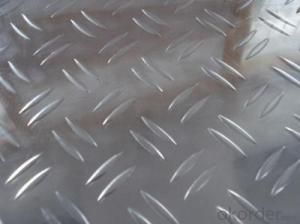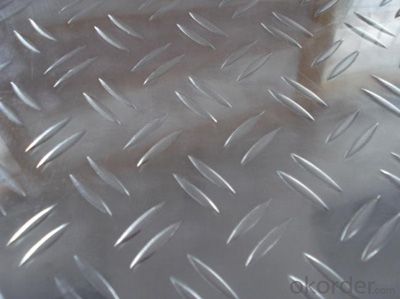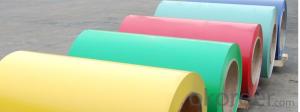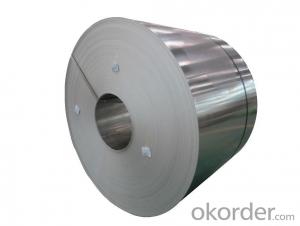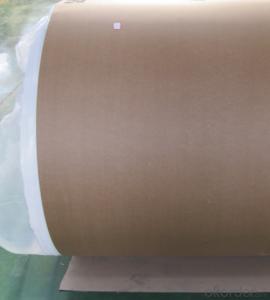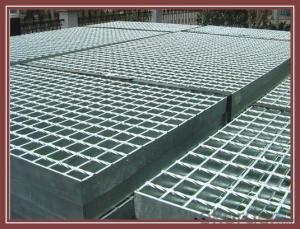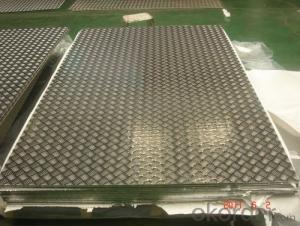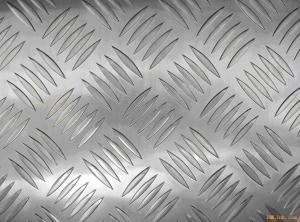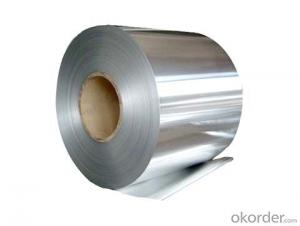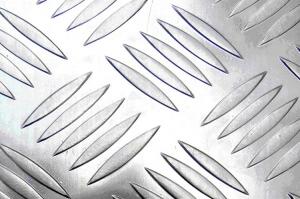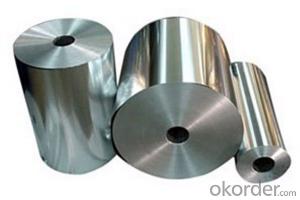500 Sheets of Aluminum Foil 9 In - Aluminium Two Bar
- Loading Port:
- China Main Port
- Payment Terms:
- TT OR LC
- Min Order Qty:
- -
- Supply Capability:
- -
OKorder Service Pledge
OKorder Financial Service
You Might Also Like
Aluminum sheet / plate
1) Alloy: 1050. 1060, 1100, 1070, 1200, 3003 5052 5754 5083 5086 6061 6061 7075
2) Temper: soft, 1/4 hard, 1/2 hard, hard, H12, H14
3) Thickness: 0.2mm to 300mm
4) Width: 100mm to 2300mm, Length: up to 2300mm,
5) Main application: Tray, Road traffic signs, Car license, Automotive body, Wall decoration,
Auto radiator, Food container, Aluminum ceiling, Battery shell, LED Lighting, Kitchen rinse bath,
lamp shade , heat exchanger, nameplate, Power transformer, pallet etc.
CHEMICAL COMPOSITION
Alloy | Si | Fe | Cu | Mn | Mg | Cr | Ni | Zn | Ti | Al |
1060 | 0.25 | 0.4 | 0.05 | 0.05 | 0.05 | 0.05 | 0.03 | 99.6 | ||
1050 | 0.25 | 0.4 | 0.05 | 0.05 | 0.05 | 0.05 | 0.03 | 99.5 | ||
1100 | 0.95 | 0.05-0.2 | 0.05 | 0.1 | 99.0 | |||||
1200 | 1.0 | 0.05 | 0.05 | 0.1 | 0.05 | 99.0 | ||||
3003 | 0.6 | 0.7 | 0.05-0.2 | 1.0-1.5 | 0.1 | remainder | ||||
Product Information
Aluminum sheet is usually according to the following two points:
1. According to the alloy composition is divided into:
High purity aluminum plate rolling (by the content above 99.9 high purity aluminum)
Pure aluminum plate (ingredients made from pure aluminum rolling)
Alloy aluminum plate (composed of aluminum alloy and auxiliary, usually with aluminum and copper, aluminum and manganese, aluminum and silicon, aluminum magnesium, etc)
Composite aluminum plate or brazing plate (through a variety of means of material compound special use aluminum material)
Outside package aluminum (aluminum coated aluminum sheet used for special purposes)
2. According to the thickness is divided into: (mm)
Sheet (aluminum sheet) 0.15 to 2.0
Conventional plate (aluminum sheet) 2.0 to 6.0
Medium plate (aluminum plate), 6.0 to 25.0
Plate (aluminum plate) 25-200
Super thick plate more than 200
- Q: Can aluminum sheets be used for industrial shelving?
- Certainly, industrial shelving can indeed make use of aluminum sheets. Aluminum, being a material that is lightweight and durable, offers numerous benefits for industrial shelving applications. It possesses resistance against corrosion, making it suitable for environments that face exposure to moisture or harsh chemicals. Moreover, the strength-to-weight ratio of aluminum proves advantageous, enabling the creation of robust shelves capable of supporting heavy loads while remaining relatively light in weight. Furthermore, aluminum is low-maintenance as it does not necessitate painting or sealing like other metals. Consequently, aluminum sheets are an incredibly practical option for industrial shelving due to their durability, resistance to corrosion, and lightweight characteristics.
- Q: This question asks about the impact of using aluminum sheets on the aesthetic appeal of a building.
- <p>Aluminum sheets can significantly enhance the appearance of a building due to their versatility, durability, and modern aesthetic. They offer a sleek, clean look and can be easily shaped into various designs, adding a contemporary feel. The material's resistance to corrosion and weathering ensures that the building maintains its appearance over time. Additionally, aluminum sheets can be coated with various colors and finishes, allowing for customization and the ability to blend with or stand out from the surrounding architecture.</p>
- Q: Are aluminum sheets suitable for cryogenic applications?
- Yes, aluminum sheets are suitable for cryogenic applications. Aluminum has excellent thermal conductivity and low thermal expansion, which allows it to withstand extreme cold temperatures and maintain its structural integrity. Additionally, aluminum has a low density and is lightweight, making it a practical choice for cryogenic applications where weight reduction is important. Aluminum also has good corrosion resistance, further enhancing its suitability for cryogenic environments. Overall, aluminum sheets are a reliable and cost-effective option for various cryogenic applications, such as in aerospace, cryogenic storage tanks, and cryogenic research facilities.
- Q: What are the typical thicknesses of aluminum sheets?
- The typical thicknesses of aluminum sheets can vary depending on the specific application and industry requirements. However, some common standard thicknesses for aluminum sheets are 0.025", 0.032", 0.040", 0.050", 0.063", 0.080", 0.090", 0.100", 0.125", and 0.190" inches. These thicknesses are often used in various industries such as construction, automotive, aerospace, and manufacturing. It is important to note that aluminum sheets can also be customized to meet specific thickness requirements for specialized applications.
- Q: How much is a square inch of a millimeter aluminum plate?
- Make a supplement to the answer on the first floorSo-called:1 lines, when referring to pure aluminum, that is, aluminum content is not less than 99%., weight 2.71 kg / square meterThe 3 Series refers to manganese as the main alloying element, that is, aluminum manganese alloy.
- Q: An aluminum clock pendulum having a period of 1.00 s keeps perfect time at 20 degrees celcius. (A) When placed in a room at a temperature of -5.0 Celcius, will it gain or lose time? (B)How much time will it gain or lose every hour.
- this concerns change in length of aluminum due to fall in temp T(20 C) = 2pi√(L20/g = 1 sec L20 = g/4pi^2 ----------- (1) T(-5 C) = 2pi√(L5/g L5 = T(5)^2*g /4pi^2 ----------- (2) coefficient of linear expansion of aluminum = alpha alpha = delta L/L* delta T 23*10^-6 = (L5 - L20) /L20*(- 5 - 20) (L5 - L20) /L20 = - 25*23*10^-6 L5/L20 = 1 - 25*23*10^-6 = 0.999425 --- (3) L5 decrease in length T(5) will reduce (2) / (1) L5/L20 = [T(5)^2*g /4pi^2] * [4pi^2/g] = 0.999425 [T(5)^2] = 0.999425 T(5) = 0.9997 sec this is period when in (-5 C) room a) pendulum gains time in cold room word gains is used because it takes less in 1 oscillation. b) it gains time = 1 - 0.9997 = 0.0003 sec in 1 sec gain in every hour = 0.0003*3600 = 1.08 sec
- Q: This question asks for a list of adhesive types that are suitable for bonding aluminum sheets. It is important to provide a variety of options to give a comprehensive answer.
- <p>There are several types of adhesives used for bonding aluminum sheets together, including epoxy resins, which offer strong adhesion and resistance to heat and chemicals; polyurethane adhesives, known for their flexibility and durability; acrylic adhesives, which provide good adhesion and are easy to use; cyanoacrylates or 'super glues,' which bond quickly and are great for small, precise applications; and silicone adhesives, which are excellent for high-temperature applications and offer flexibility. Each type has its own advantages and is chosen based on the specific requirements of the bonding task, such as strength, flexibility, and resistance to environmental factors.</p>
- Q: Are aluminum sheets resistant to impact and vibration?
- Yes, aluminum sheets are generally resistant to impact and vibration due to their inherent strength and flexibility.
- Q: What is the maximum temperature aluminum sheets can withstand?
- The maximum temperature that aluminum sheets can withstand depends on several factors, including the alloy composition and thickness of the sheet, as well as the specific application and environment in which it is being used. Generally, pure aluminum has a melting point of around 660 degrees Celsius (1220 degrees Fahrenheit), but it begins to lose strength and stiffness at much lower temperatures. Most commercial aluminum alloys have higher melting points and can withstand higher temperatures. For example, 6061 aluminum alloy has a melting point of around 580 degrees Celsius (1076 degrees Fahrenheit), while 7075 aluminum alloy has a slightly higher melting point of around 640 degrees Celsius (1184 degrees Fahrenheit). However, it is important to note that the maximum temperature a sheet of aluminum can withstand without significant deformation or structural damage may be lower than its melting point. This is because aluminum's strength and mechanical properties degrade at elevated temperatures. In applications where aluminum sheets are subjected to high temperatures, it is crucial to consider the specific alloy and its thermal properties, as well as any potential changes in strength, hardness, or other relevant characteristics that may occur at elevated temperatures. Consulting material specifications, engineering guidelines, or seeking professional advice from metallurgical experts can provide more accurate and specific information regarding the maximum temperature capabilities of aluminum sheets for a particular application.
- Q: This question asks for a detailed explanation of the steps involved in the manufacturing process of aluminum profiles specifically designed for use as exterior cladding.
- <p>The process for manufacturing aluminum profiles for exterior cladding involves several key steps. First, aluminum ingots are melted in a furnace. The molten aluminum is then poured into molds to create extrusion billets. These billets are heated and fed into an extrusion press where they are forced through a die with the desired profile shape. After extrusion, the profiles are cooled and then cut to length. They may undergo further processing such as anodizing, painting, or powder coating to enhance their durability and appearance. Finally, the profiles are inspected for quality, packaged, and shipped to construction sites for installation as exterior cladding.</p>
Send your message to us
500 Sheets of Aluminum Foil 9 In - Aluminium Two Bar
- Loading Port:
- China Main Port
- Payment Terms:
- TT OR LC
- Min Order Qty:
- -
- Supply Capability:
- -
OKorder Service Pledge
OKorder Financial Service
Similar products
Hot products
Hot Searches
Related keywords
